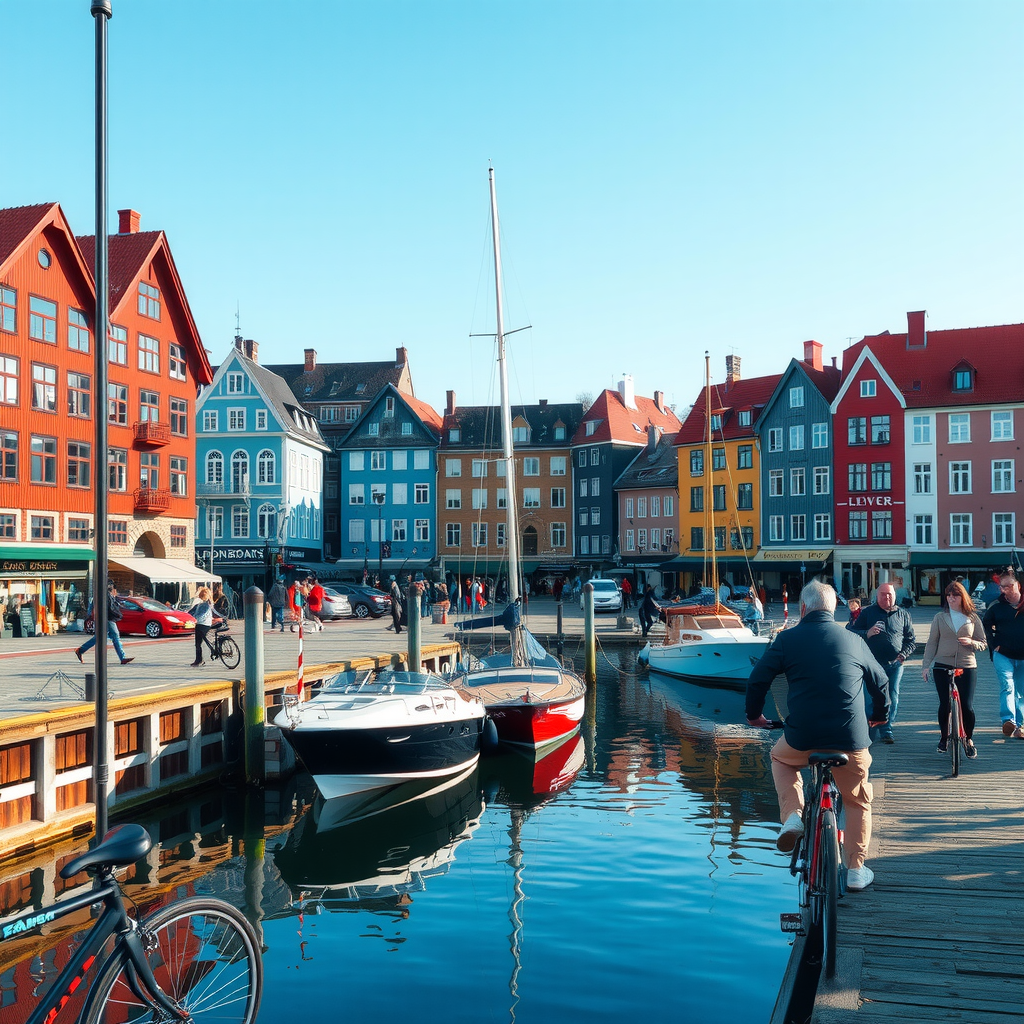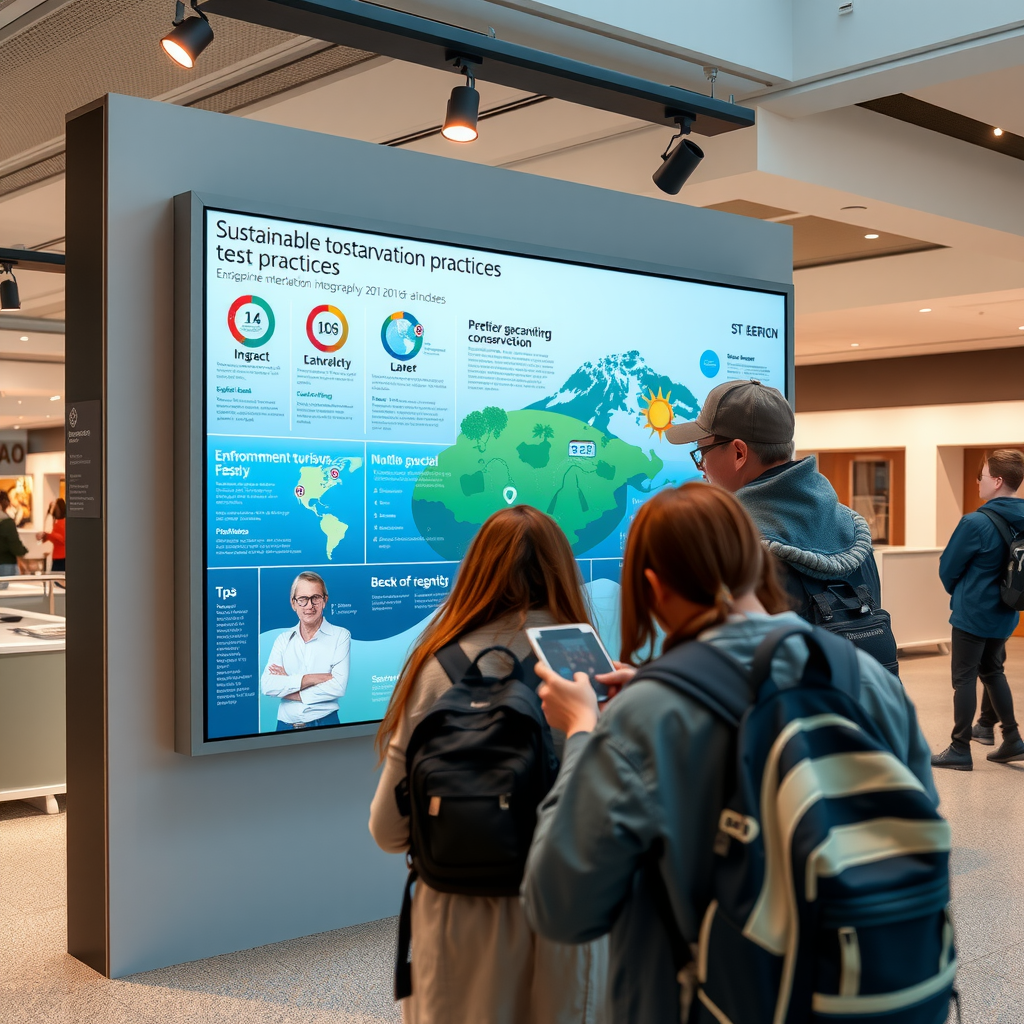Bergen, Norway's picturesque coastal city, has unveiled an innovative sustainable tourism initiative designed to transform how visitors experience its UNESCO World Heritage site while minimizing environmental impact. The program introduces eco-friendly transportation options and partnerships with local businesses committed to preserving the city's natural beauty and cultural heritage.
The historic Hanseatic wharf, known locally as Bryggen, has long been one of Norway's most visited attractions. With its colorful wooden buildings dating back to the 14th century, the area draws hundreds of thousands of tourists annually. However, city officials and environmental advocates recognized the need to balance tourism growth with ecological responsibility.
Electric Boats Transform Harbor Tours
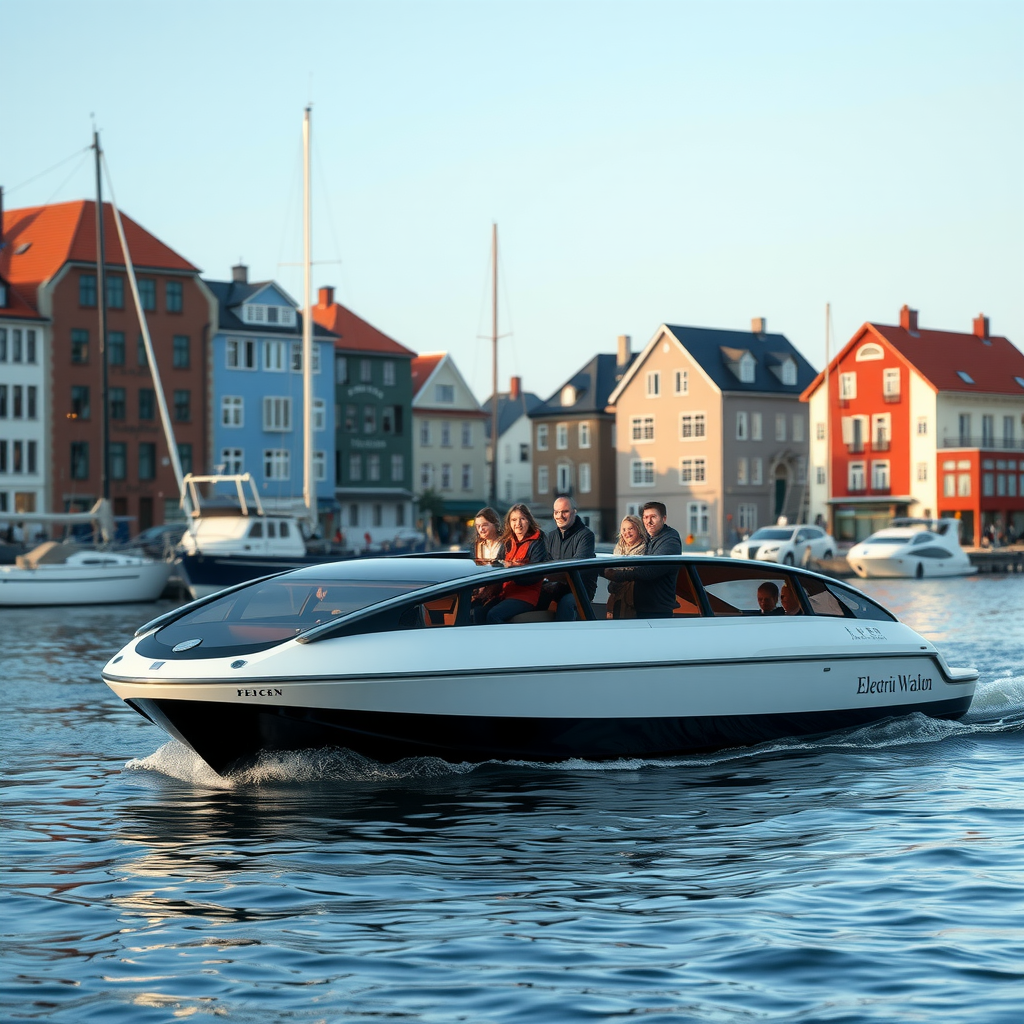
At the heart of the initiative is a fleet of state-of-the-art electric boats that now offer silent, emission-free tours of Bergen's stunning fjords and harbor. These vessels replace traditional diesel-powered tour boats, significantly reducing carbon emissions and noise pollution in the historic waterfront area.
"The difference is remarkable," says Marina Johansen, a local tour operator who has transitioned her entire fleet to electric boats. "Visitors can now hear the sounds of the harbor, the seabirds, and even conversations on the wharf. It creates a more authentic and peaceful experience."
The electric boats feature advanced battery technology that allows for full-day operations on a single charge. Charging stations powered by renewable energy have been installed at strategic locations around the harbor, ensuring minimal disruption to tour schedules while maintaining the program's commitment to sustainability.
Bicycle Network Expands Access
Complementing the electric boat initiative is an expanded network of bicycle paths and rental stations throughout Bergen's historic district. The city has invested in creating dedicated cycling lanes that connect major tourist attractions while keeping cyclists safely separated from vehicular traffic.
"We want visitors to experience Bergen at a human pace, not rushing from one attraction to another in cars or buses. Cycling allows people to discover hidden gems, interact with locals, and truly appreciate the city's character."
— Erik Andersen, Bergen Tourism Director
The bicycle rental program offers both traditional bikes and electric-assist models, making the hilly terrain of Bergen accessible to visitors of all fitness levels. Each rental includes a detailed map highlighting sustainable businesses, local restaurants using regional ingredients, and lesser-known cultural sites that benefit from increased foot traffic.
Local Business Partnerships
More than 50 local businesses have joined the sustainable tourism initiative, committing to environmentally responsible practices and authentic cultural experiences. Participating establishments display a distinctive green certification mark, helping environmentally conscious travelers make informed choices.
These businesses range from family-owned restaurants serving traditional Norwegian cuisine with locally sourced ingredients to artisan shops selling handcrafted goods made by regional craftspeople. The initiative also includes accommodations that have implemented energy-efficient systems and waste reduction programs.
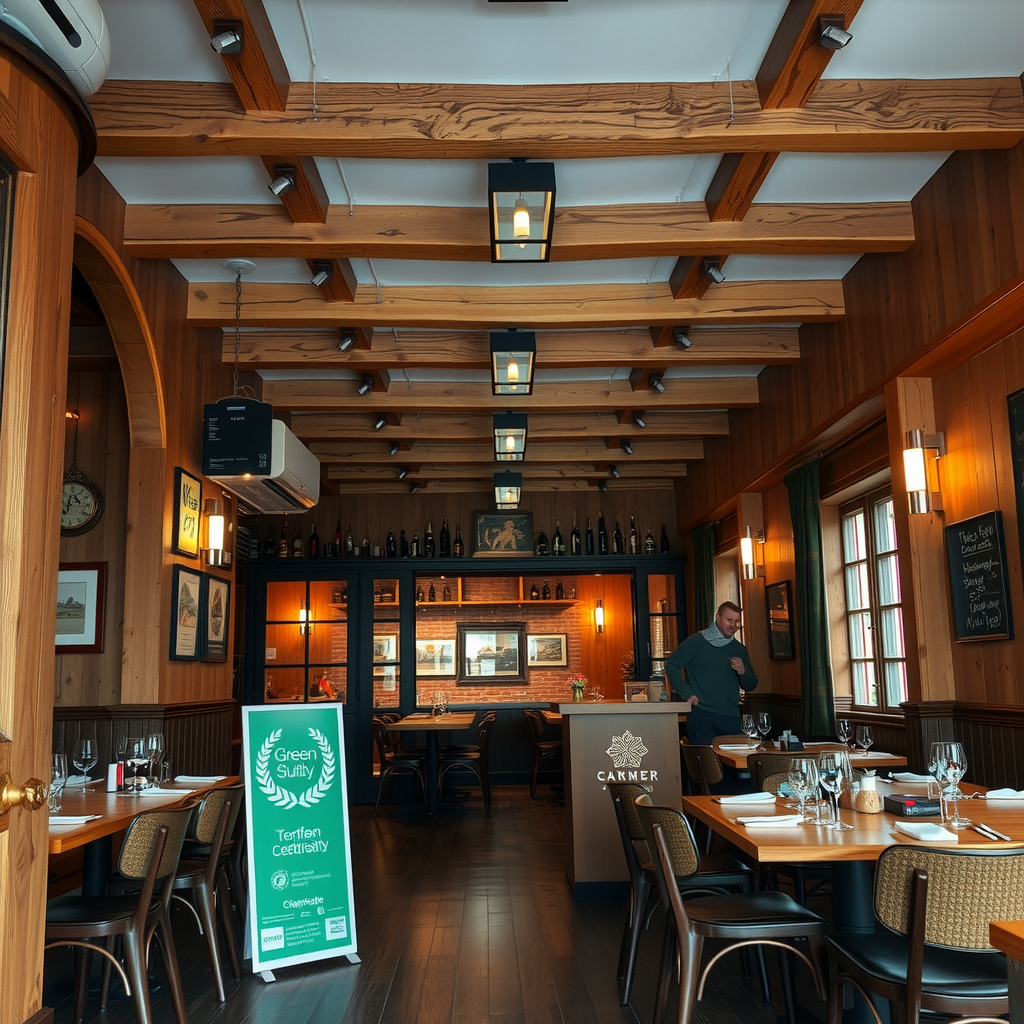
The certification process requires businesses to meet strict environmental standards, including waste management protocols, energy efficiency measures, and commitments to supporting local suppliers. Regular audits ensure continued compliance and encourage ongoing improvements in sustainability practices.
Global Recognition and Interest
The Bergen sustainable tourism initiative has already attracted significant international attention. Environmental organizations have praised the comprehensive approach that addresses transportation, business practices, and visitor education simultaneously. Tourism boards from other historic cities have reached out to learn from Bergen's model.
40% Reduction
Carbon emissions from tourism activities in the harbor area
15,000+ Visitors
Have participated in eco-friendly tours since launch
50+ Businesses
Certified sustainable partners supporting the initiative
Preliminary data shows promising results. Tourist satisfaction ratings have increased by 23% since the program's implementation, with visitors particularly appreciating the quieter, more intimate experience of the historic district. Local residents have also expressed support, noting reduced congestion and improved air quality in residential areas adjacent to tourist zones.
Educational Component
An often-overlooked aspect of the initiative is its educational mission. All participating tour operators now include information about Bergen's environmental challenges and conservation efforts as part of their standard presentations. Interactive displays at key tourist locations explain the importance of sustainable travel and provide practical tips visitors can apply in their daily lives.
Schools in the Bergen area have incorporated the sustainable tourism initiative into their curriculum, with students learning about environmental stewardship through real-world examples in their own community. Several schools have organized field trips where students serve as junior tour guides, sharing their knowledge about local ecology and cultural heritage with visitors.
Future Expansion Plans
Building on the initial success, Bergen officials have announced plans to expand the program over the next three years. Future phases will include additional electric boat routes to more remote fjord locations, expanded bicycle infrastructure connecting Bergen with nearby communities, and the development of a mobile application that helps visitors plan entirely carbon-neutral itineraries.
The city is also exploring partnerships with transportation providers to offer discounted or free public transit passes to tourists who arrive in Bergen via train or other low-emission transportation methods. This incentive program aims to reduce the number of rental cars and tour buses operating in the historic district.
Join the Movement
Bergen's sustainable tourism initiative demonstrates that environmental responsibility and exceptional visitor experiences can go hand in hand. As more travelers seek authentic, eco-conscious adventures, Bergen stands as a model for how historic cities can preserve their heritage while embracing a sustainable future.
The initiative has also sparked conversations about extending similar programs to other Norwegian cities and tourist destinations. National tourism authorities are studying Bergen's approach as a potential template for a country-wide sustainable tourism strategy that could position Norway as a global leader in responsible travel.
Community Impact
Perhaps most significantly, the sustainable tourism initiative has strengthened the relationship between Bergen's tourism industry and its residential community. By prioritizing quality over quantity and emphasizing authentic cultural experiences, the program has helped ensure that tourism benefits local residents rather than overwhelming them.
Local employment has increased as businesses expand to meet demand for sustainable services. Young people who might have left Bergen for opportunities in larger cities are finding meaningful careers in the growing green tourism sector. The initiative has also revitalized interest in traditional crafts and cultural practices, as visitors seek genuine connections with Norwegian heritage.
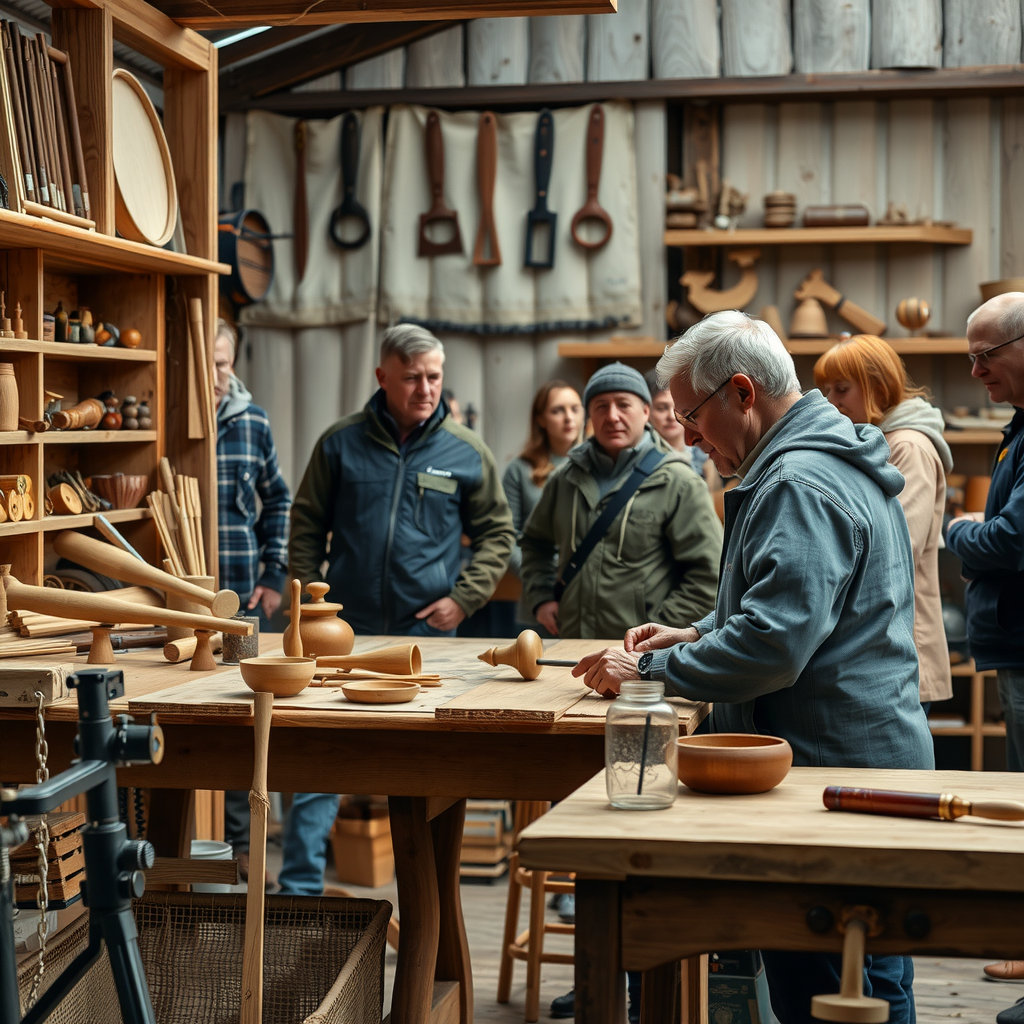
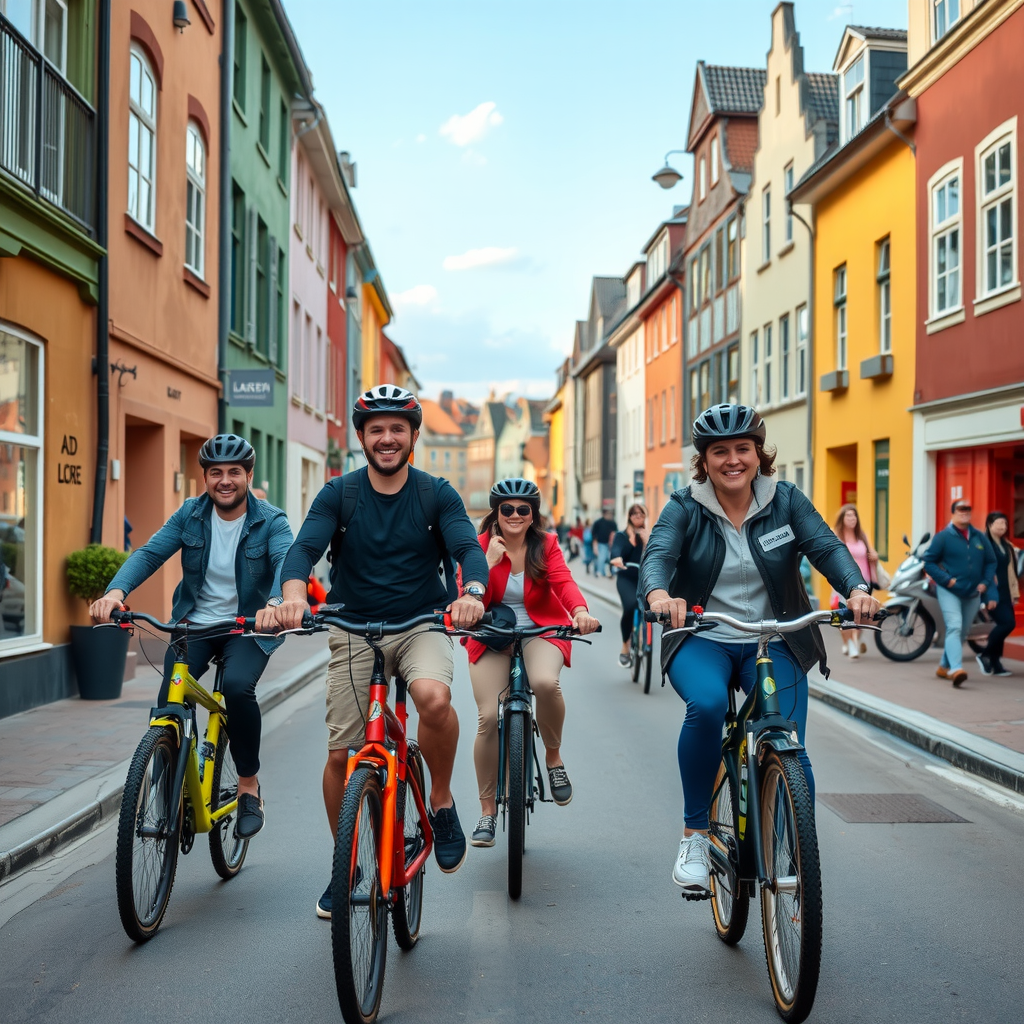
As Bergen's sustainable tourism initiative enters its second year, early indicators suggest it has achieved its primary goals: reducing environmental impact, enhancing visitor experiences, and supporting local communities. The program serves as a compelling example of how thoughtful planning and community collaboration can create tourism models that benefit everyone involved.
For travelers seeking meaningful experiences that align with their environmental values, Bergen's approach offers a blueprint for the future of tourism—one where exploration and preservation work together to create lasting positive impact for both visitors and host communities.
